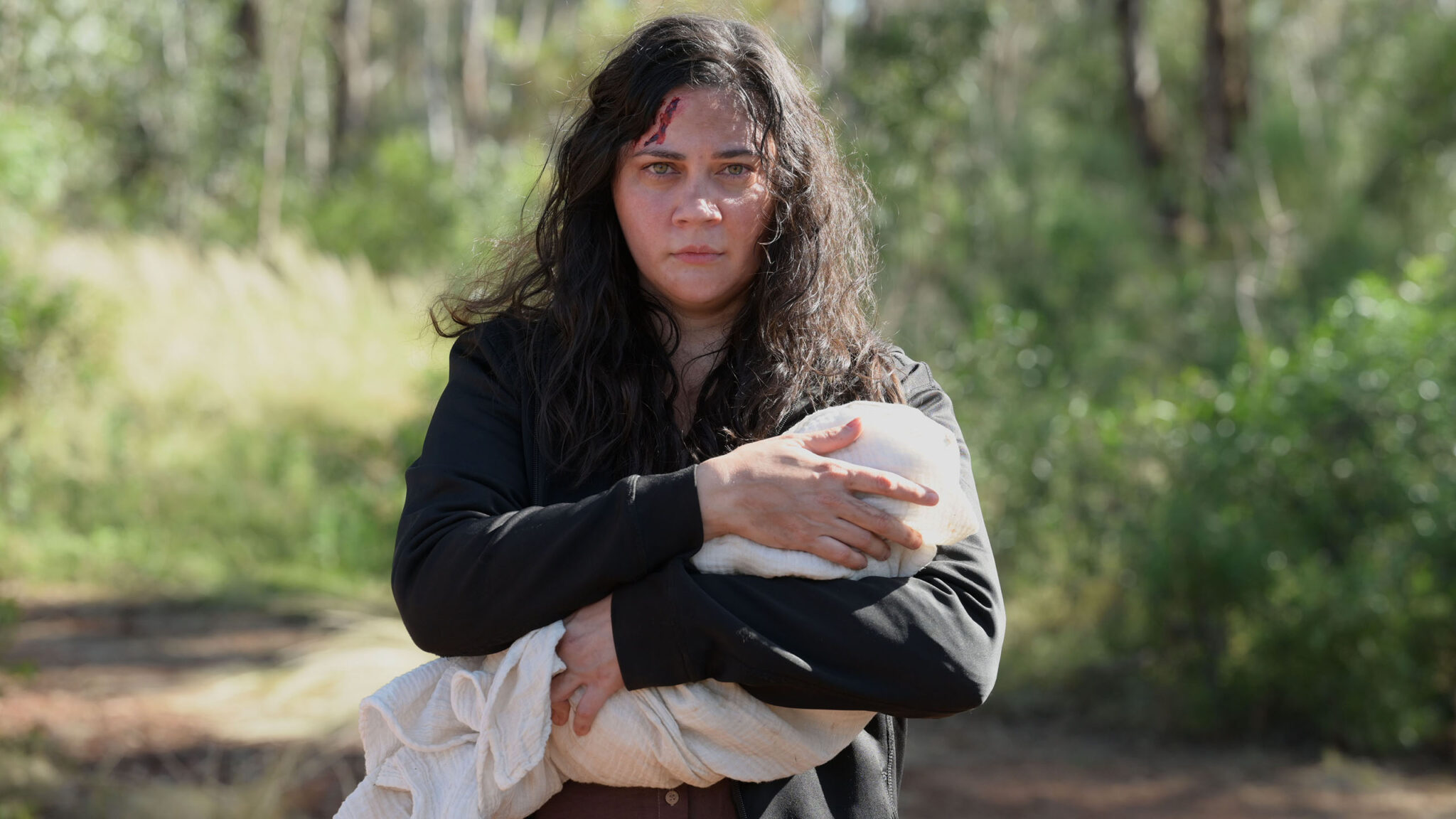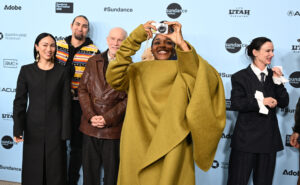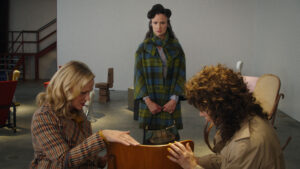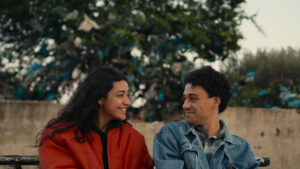By Lucy Spicer
One of the most exciting things about the Sundance Film Festival is having a front-row seat for the bright future of independent filmmaking. While we can learn a lot about the filmmakers from the 2024 Sundance Film Festival through the art that these storytellers share with us, there’s always more we can learn about them as people. This year, we decided to get to the bottom of those artistic wells with our ongoing series: Give Me the Backstory!
“The horrors that my people have faced are real,” says Indigenous writer-director Jon Bell. Horror has long been a genre artists use to explore systemic injustices and reflect them back to audiences in vivid, terrifying fashion. Bell’s film The Moogai, premiering in the Midnight category at the 2024 Sundance Film Festival, has Indigenous lore woven into the story to create a supernatural tale that recalls the very real horrors of history.
Bell’s feature directorial debut — adapted from his award-winning short film of the same name — follows an Aboriginal couple after they bring home their second baby. The mother (played by Shari Sebbens) soon suspects that a malevolent being seeks to take her child away. The frightening difficulties of new motherhood and the horrifying historical echoes of Australia’s Stolen Generations — when government assimilation policies tore First Nations children from their families — combine to create a fundamentally terrifying film.
Below, discover Bell’s biggest challenge during production, why he feels his film will resonate with younger audiences, and the surprising emotion he hopes to inspire by the film’s end.
What was the biggest inspiration behind the film?
Telling the stories of my people to a global audience.
Describe who you want this film to reach.
Native peoples around the world.
Why does this story need to be told now?
Because generational power is in a transitional phase, and younger audiences are open to this kind of film.
Your favorite part of making the film? Memories from the process?
Seeing the first assembly — it was the first time I relaxed because I knew that we had at least gotten a cohesive story on film. The rest could go from there, but there was, at the very minimum, a story. The relief was palpable.

What was a big challenge you faced while making this film?
Visual effects – but the film was supported by a group of professionals who were not only supremely committed craftspeople, but generous beyond belief with their time and effort (shoutout to KOJO out of Adelaide).
Tell us why and how you got into filmmaking.
Star Wars when I was 5, and I was hooked from there.
Why is filmmaking important to you? Why is it important to the world?
It’s wondrous. Filmmaking feels like the culmination of so many art forms. Every department is filled with incredible artists; seeing people do what they do often feels like magic to me. It’s important to the world because it connects us — we all have our own unique worldview, but we can all connect to a great film.
How do you want people to feel after they see your film?
Hopeful
What is something that all filmmakers should keep in mind in order to become better cinematic storytellers?
Heart
If you weren’t a filmmaker, what would you be doing?
Farmer or fashion designer
What three things do you always have in your refrigerator?
Eggs, meat, Coca-Cola
What was the last book you read?
Ice Station by Matthew Reilly
Early bird or night owl?
Night owl
Who was the first person you told when you learned you got into the Sundance Film Festival?
My wife
What’s your favorite film that has come from the Sundance Institute or Festival?
A.V. Rockwell’s A Thousand and One. A masterpiece from and for the heart.




